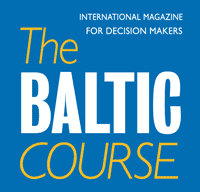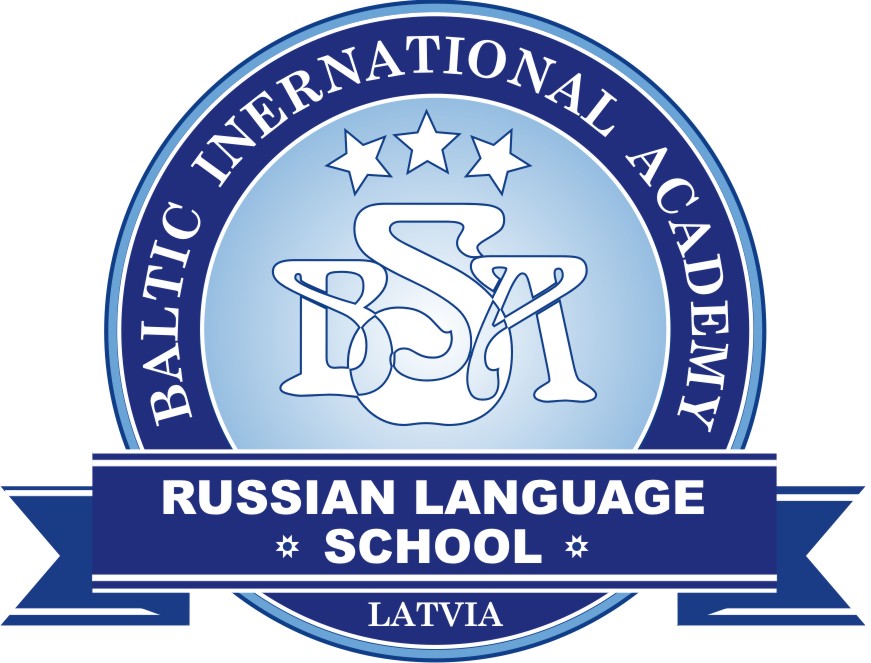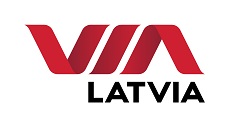Estonia, Transport
International Internet Magazine. Baltic States news & analytics
Friday, 19.12.2025, 01:13
MP Korb: Fast road connections are a priority for Estonian government
 Print version
Print version |
|---|
"The aim is to improve the safety of the roads with the highest traffic intensity in Estonia and reduce the amount of time necessary for transit between the major cities. Thereby a contribution will be made also to the implementation of the vision of zero road deaths and increasing the feeling of safety in residents," Korb said.
The MP observed that in the direction of Parnu, where transit traffic is particularly intense, the need for motorists to overtake long trucks creates many dangerous situations every day. Statistics for 2018 shows that 1,500 heavy vehicles moved on the Tallinn-Parnu-Ikla road on the average per day in that year, representing the highest intensity of truck traffic in Estonia.
The budget sets out altogether 109.9 mln euros in public transport subsidies aimed at improving the wellbeing of rural residents and enabling seamless management of one's business. Of that amount 49.2 mln euros will go toward road transport, including the continuation of free public transport. The amount going to rail transport is bigger than 30 mln euros.
Spokespeople for the Center Party said it is also important that at least the existing volume of ferry connections between the mainland and the islands will be ensured and a bigger aircraft put on the Kuressaare air route, which will improve the air connection between Saaremaa and the mainland.
Starting from July 1 last year, all young people and elderly, and everyone else in 11 of Estonia's 15 counties, can travel for free on buses operating county bus lines.
"The first year of free public transport has shown that demand is high and the number of passengers has grown by more than 22%. It is also positive that all journeys are recorded and that data can be used for better planning of routes and departures. Surveys indicate that when public transport schedules meet people's expectations, that possibility is keenly made use of. It is also not unimportant that this allows households to save significantly on costs," Korb added.








 «The Baltic Course» Is Sold and Stays in Business!
«The Baltic Course» Is Sold and Stays in Business!

